Gardening is a rewarding hobby that boosts both physical and psychological health among all ages.
If you’re a senior searching for relaxation, consider growing your own garden. Reconnecting to nature is one way to relieve the daily stress of modern life. Along the way, you’ll have the opportunity to cultivate relationships with other gardening enthusiasts.
Regular attention and care are needed for a home garden to flourish. Actively tending to your plants outdoors increases physical activity, which lowers the risk for cancer, depression, osteoporosis, and Type 2 diabetes. Published in 2000, another study links gardening to low morbidity and mortality risk among adult men with heart disease.
To help you in your journey, we’ve compiled all the important gardening resources for senior citizens. This guide will cover 4 important element of senior gardening after retirement.
- How to Create an Accessible Garden
- Gardening Safety Tips for Seniors
- Benefits of Gardening
- Gardening Tools
How to Create an Accessible Garden
The best thing about gardening is it’s both a mentally and physically engaging activity that can be adapted for everyone to enjoy. Whether you have muscle or joint issues or utilize a wheelchair for mobility, there are a number of different ways a garden can be designed to fit your accessibility needs.
Choosing the Right Plants
Having the right set of plants will further enhance your gardening experience.
Different plant species have distinct growth needs. Before going to your nearest nursery or seed market, consider the size of your garden space, its soil type, and availability of light, shade, water, and wind.
Plant varieties with resistance to disease, cold, heat, and pest are fitting for seniors with varying physical conditions. Undemanding plants should be your top choice as they require minimal attention and care to grow.

For example, blanket flower, coneflower, lavender, New Jersey tea plant, prairie dock, and yarrow are drought-tolerant plants, reducing the need to water daily. In these varieties, the fragrant flowers and textured leaves promote sensory stimulation, especially to seniors with impairments.
Ideally, garden pathways for seniors should be free from any obstructions. Plants growing thick protruding roots are potential hazards. Avoid such plant types to prevent accidental missteps or slips.As an alternative, opt for bush-type and dwarf-type plants. Both tend to have shallow roots and manageable sizes.
Use Raised Garden Beds
While many gardens are grown at ground level, raised beds allow gardeners to access their plots without having to bend or kneel to tend to their beds. Raised beds also allow you to more easily control the soil quality and temperature of your garden — offering gardeners a higher quality crop and yield than traditional beds.
When it comes to harvesting your crops, having your plants at an easy-to-access level makes the potentially back-breaking process safer and easier.
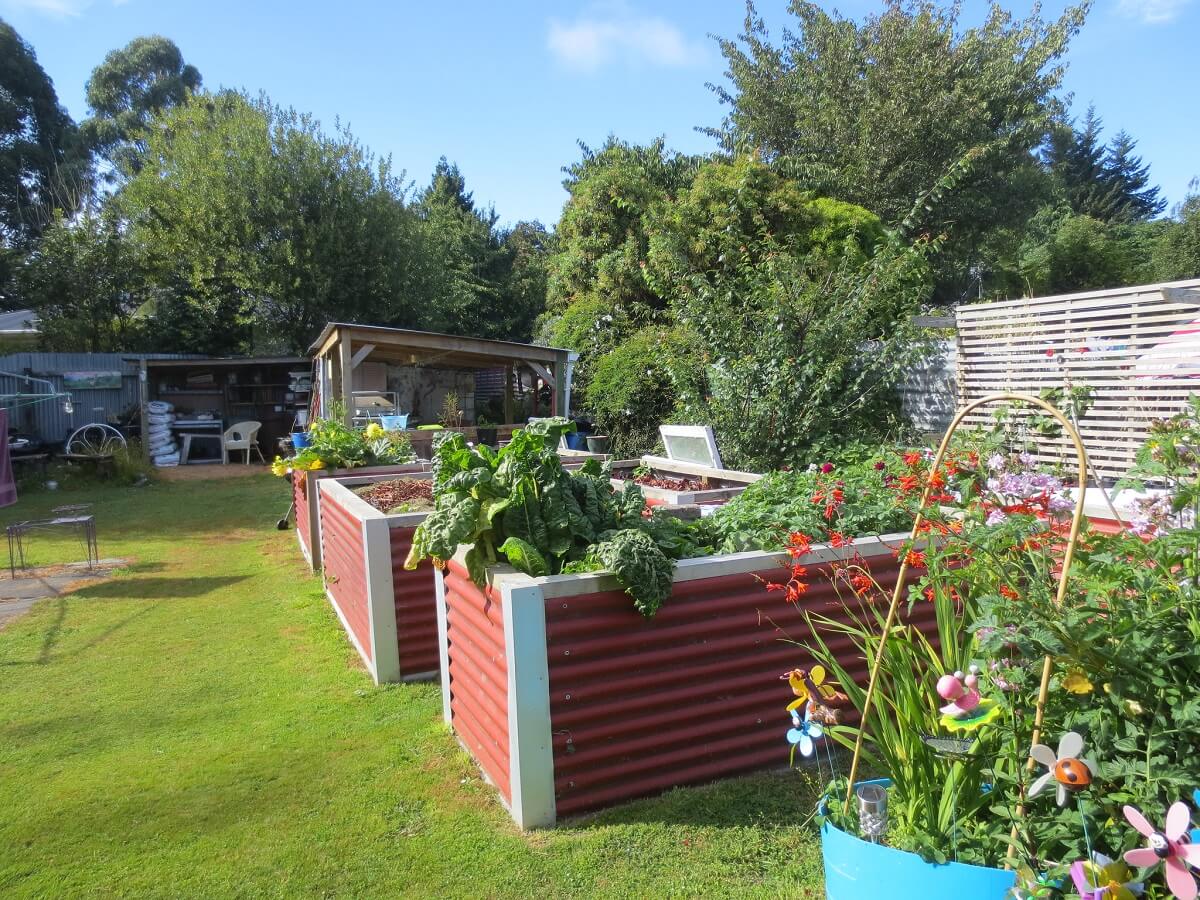
When it comes to harvesting your crops, having your plants at an easy-to-access level makes the potentially back-breaking process safer and easier.
How to Pick the Right Raised Garden Bed for Your Needs
Selecting the ideal raised garden bed is all about finding a practical fit for your gardening preferences. Here are some down-to-earth tips to help you make a sensible choice:
Practical Elevation for Accessibility
Consider a raised garden bed with sturdy legs for practicality. It ensures good drainage and adds an element of accessibility. If you use a wheelchair, go for a bed that lets you reach your plants comfortably while seated.
For others, a slightly higher bed means you can tend to your garden without bending over.
Height – No Hassle Gardening
Think about the right height for your raised garden bed. Wheelchair users, ensure the bed is at a height that suits your reach. For everyone else, a moderately high bed is a game-changer for your joints and spine. No need to hunch over – just straightforward harvesting at a comfortable level.
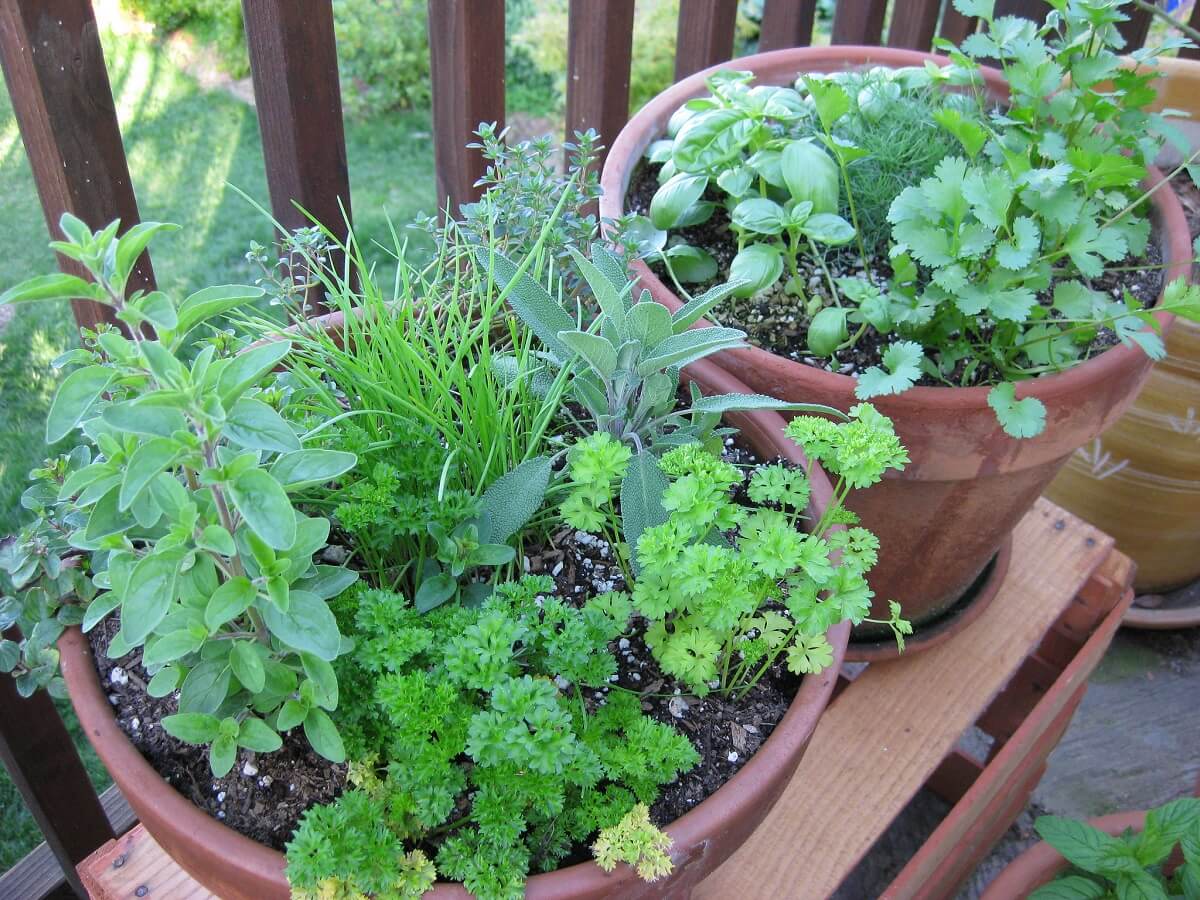
Space Efficiency Based on Plant Needs
Smaller plants like herbs and flowers can snugly fit into smaller spaces, while bigger plants like rhubarb and squash need some extra room. Adjust your bed size based on what your plants crave.
Alternative options to raised garden beds are containers and hanging baskets. They still allow for the accessibility benefits of raised beds, but create a much smaller footprint and are a good choice if you don’t intend to grow large plants that require a lot of space.
Containers and hanging baskets can be particularly useful if you live in a condo or have limited yard space but still want to exercise that green thumb.
Container Gardening
Traditional gardening in the soil requires grueling physical effort. However, container gardening offers a less strenuous experience suitable for seniors.
Containers and other planters come in varying shapes and sizes. Find the appropriate container to your garden space and mobility needs. Smaller containers can be set down on a table of reachable height. Conversely, heavier or taller containers should be on casters for easier mobility.

In terms of material, plastic- and resin-based container pots are the best choice for older adults. Ceramic, clay, concrete, metal, and terra cotta containers are dense and harder to lift or move.
Vertical and Wall Gardening
Another innovative option to ease the physical demands of gardening is through planting vertically. Walls and nooks can turn into lush accessible gardens without the potential discomfort in your joints and muscles.

Containers, trellises, or planters can be attached on a wall of reachable height, reducing the need to hunch or kneel down.
For seniors with mobility issues, install a ratchet pulley system to lower or raise the containers easily on your wall.
Establish Wide Pathways
Whether or not you utilize a wheelchair, establishing wide pathways allows you to easily access a garden bed without having to worry about tripping or getting caught up on vining plants or the garden hose. As a rule of thumb, 4 feet is a good width to allow for wheelchair and walker access. That said, the wider the better so the wheelchair can be easily maneuvered.
Install a Drip Irrigation System
Even when you have raised garden beds and wide pathways, moving the garden hose from one area to another can be a total pain and inconvenience. Consider installing a drip irrigation system to eliminate the problem of dragging your hose from one end of the garden to the other.
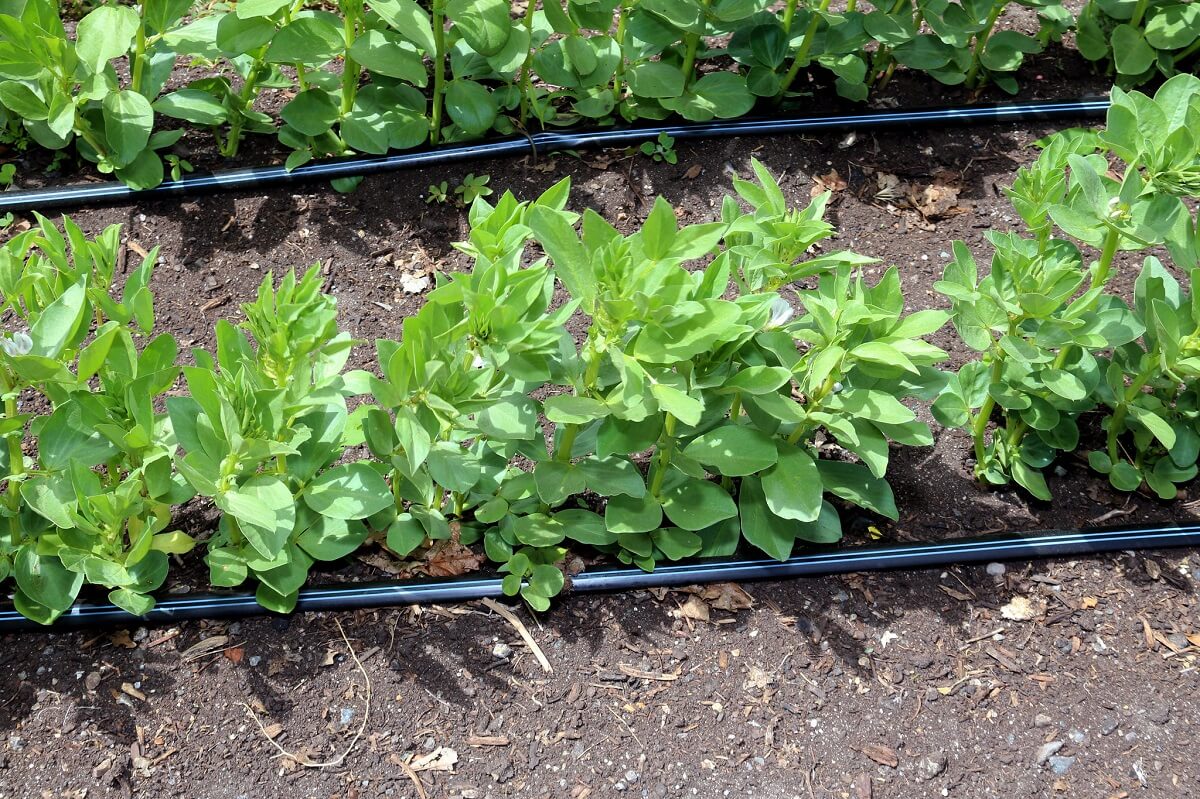
In addition to making the chore of watering your plants a breeze, drip irrigation can provide your garden with a number of benefits. Drip irrigation systems save water, prevent weeds, help control fungal diseases, and are adaptable to a variety of garden layouts and systems.
Gardening Safety Tips For Seniors
In addition to establishing an accessible garden, there are some safety tips you’ll want to keep in mind as you’re gardening and tending to your raised beds. In the middle of gardening season, the temperatures rise and the sun can feel especially scorching. In the midst of all the gardening tasks, it can be easy to forget to take precautions when it comes to protecting your skin and overall health.
Skin Protection
Being the largest organ in the body, your skin needs protection from the harsh sunlight, especially during spring and summer. Excessive exposure to ultraviolet light or UV rays is linked to skin cancer development.
Always wear sunscreen and make sure to invest in a thick, wide-brim hat that will add an extra layer of protection for your face and eyes.
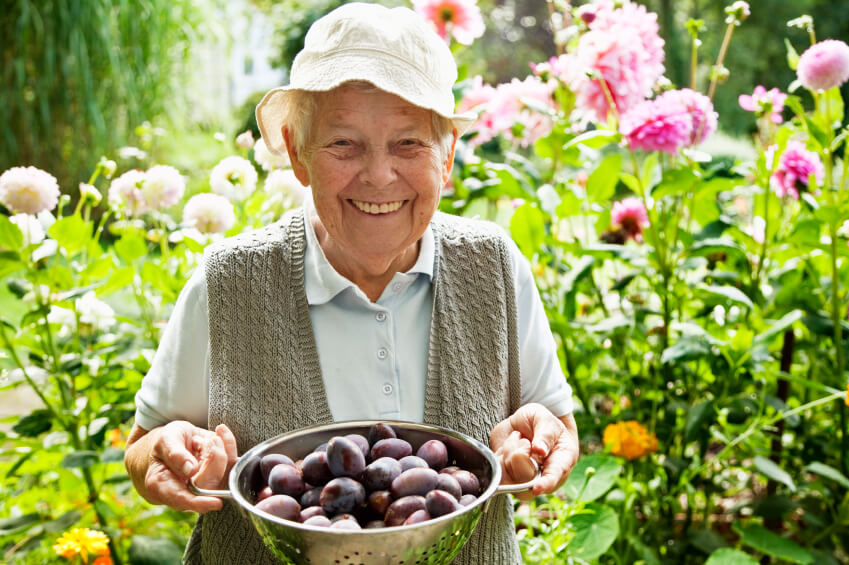
Consider purchasing or thrifting some UV-resistant clothing to protect your skin from the sun. Both Columbia® and Patagonia® offer a line of UV-resistant activewear that’s great not only for gardening but hiking and sightseeing, as well.
Beyond protecting your skin from the sun, make sure to invest in some high-quality gardening gloves to prevent blisters and sores. The last thing you want is to put your gardening on hold when you’re in the midst of good weather with a list of chores!
Joint and Muscle Protection
Along with protecting your skin from the elements, protecting your joints and muscles is extremely important to ensure you can continue to garden for years to come. If you aren’t utilizing raised beds, make sure to have a kneeling pad on hand to keep your knee joints safe and protected. For more tips for protecting your joints, check out this resource from the Arthritis Foundation.
Potential fatigue can stem from repetitive motion. If you’ve spent a while doing small movements like weeding or planting seeds, take a break and move onto larger motions like trimming tree branches or watering the plants.
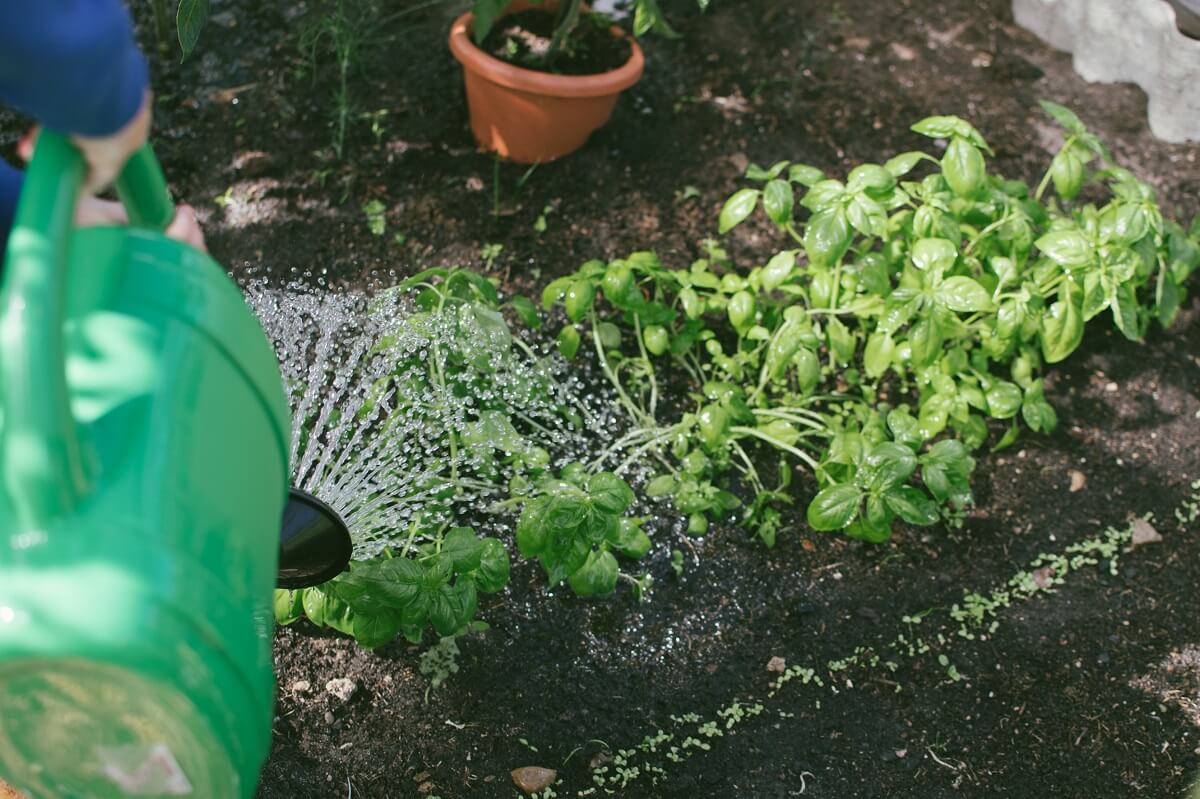
When you’re using hand tools, always make sure that you’re using them correctly and adhering to product guidelines. Check your posture and make sure you aren’t slouching or locking your knees.
Heat Protection
Aside from protective outerwear, hydration is as important to prevent heat-related illnesses. Older gardeners aged 65 years old or more tend to fall victims of heat-related illnesses. Heat cramps, heat exhaustion, and heat stroke are all possible health risks if you remain dehydrated under direct sunlight.
Always keep a tumbler or pitcher of water close to you. If you find the heat is making you tired, take a break, drink some water, and return when you’re ready.
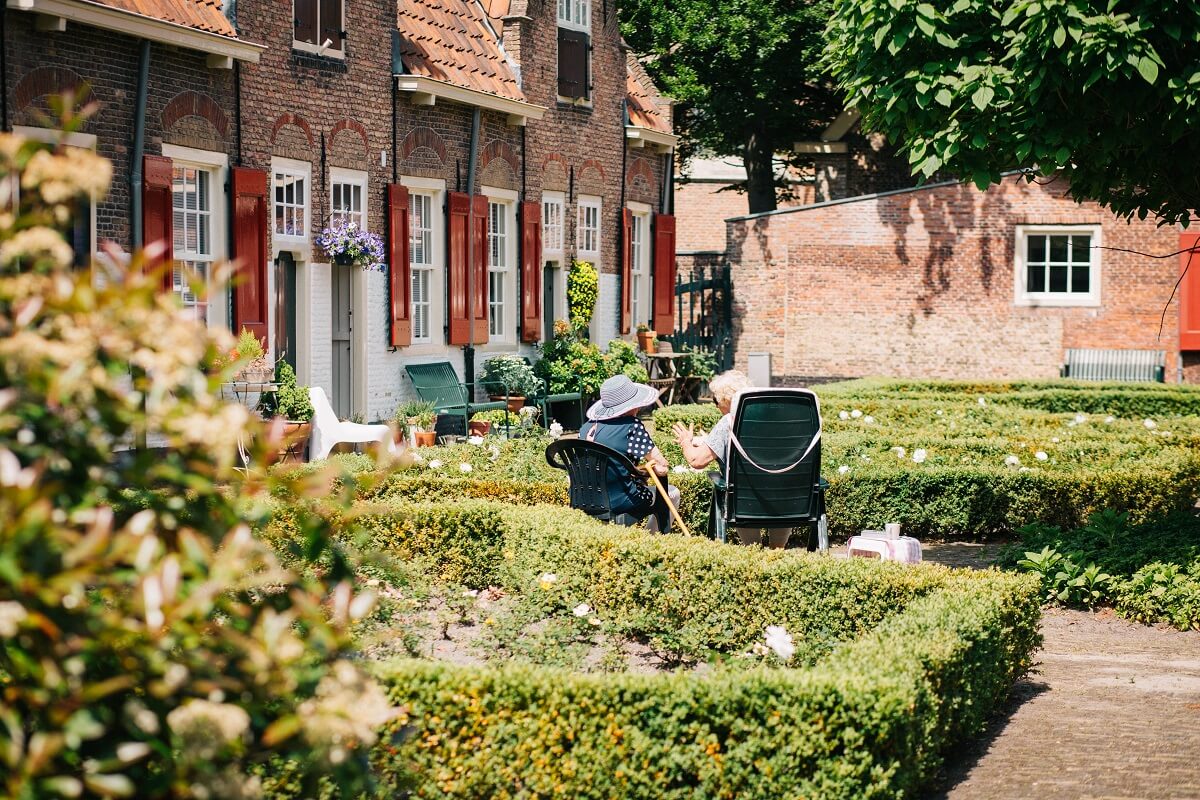
Additionally, be intentional with the foods you eat. Choose healthy, energizing snacks that will power you through an afternoon of weeding and tending to your garden beds. And if you want to avoid that midday heat altogether, garden in the early morning or the late afternoon.
Fall Prevention
Since gardening can be a fairly active endeavor, there is always a chance an accident can happen. To keep yourself and family members safe in the garden, be aware of your surroundings and make sure to keep your eyes open for potentially hazardous spaces in your garden.
Be wary of immense roots from established trees. Familiarize yourself with the cracks in your pathway and in the fall and winter, avoid stepping on slick leaves and mulch.
Regular Breaks and Hydration
A senior-friendly garden should have enough shaded seats, where you can conveniently rest. Be aware of your body’s physical limit to avoid overexertion. In your gardening schedule, allot time for regular breaks and hydration.

As mentioned earlier, lack of liquid intake may lead to dehydration. Seniors with chronic diseases are more prone to this condition, according to a 2023 study. Make sure to take plenty of water before, during, and after your gardening activity.
Benefits Of Gardening
Beyond creating gorgeous scenery in your yard and providing your kitchen with fresh fruits and vegetables, gardening can offer a host of benefits to seniors.
Mental Health Benefits
One of the best ways to improve your overall mood and quality of life is to spend more time outdoors. While you can garden indoors, getting outside and spending some time with the sun on your face and your hands in the dirt can be very rewarding.
A study from 2015 suggests being outdoors eases anxiety. Spending more time outdoors allows you to enjoy fresh air and view relaxing sceneries.
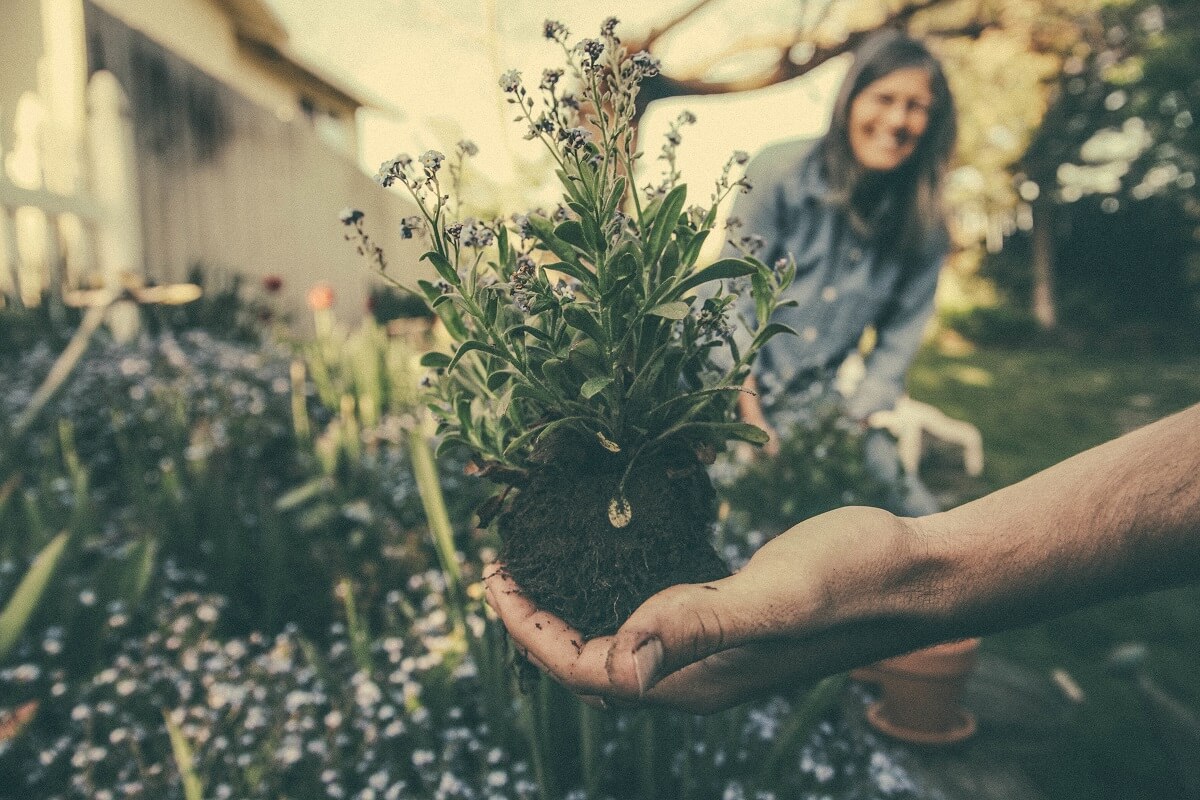
Furthermore, an Australian study associates regular physical activity like gardening to reduced risk of dementia in adults. Learning about plant varieties and their intricacies leads to brain stimulation.
Physical Health Benefits
Actively tending the garden improves your physical dexterity.
Composting, digging, mowing, raking, pruning, watering, and weeding are all opportunities to test your strength and burn calories. Right at the comfort of your yard, these tasks are alternatives to the much-needed exercise for your body.
Building Community
Gardening can also be a very social activity that provides seniors with the opportunity to develop friendships with those who have similar interests. There are a number of ways that solo gardening can turn into a community activity.
Local community gardens offer seniors the opportunity to tend their own designated gardening plot while interacting with others that are doing the same. Many of these community gardens organize gardening clubs and activities that seniors can get involved in to meet others.
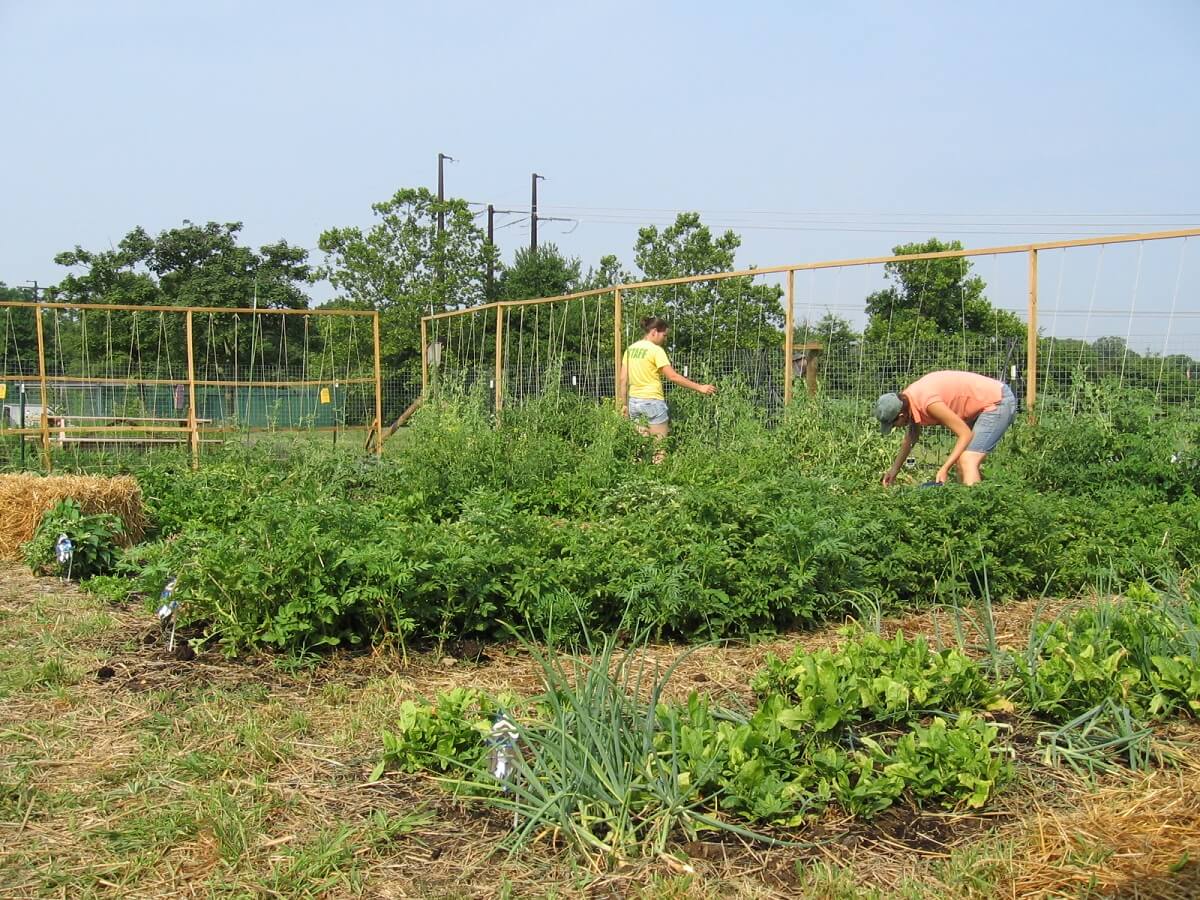
Social support from such a community is important to seniors, especially during retirement. Connecting with like-minded people safeguards seniors from isolation and loneliness. In addition, a chance for collaboration springs from these gardening groups.
In addition to community gardening, local food co-ops and senior centers are great resources to help find gardening-related events going on in the community. Gardening classes and workshops provide seniors with helpful information they can apply in their own gardens, and offer a place for gardeners to meet one another and discuss ideas.
Local Gardening Resources
- Gardening Groups on Meetup
- Local Gardening Extension Lookup Tool
- National Garden Clubs
- Gardening Events Throughout the Country
Gardening Tools
If you’re just getting started with gardening, there are a few important tools and supplies that you’ll have to invest in to get going.
Though there are all sorts of different gardening gadgets and gizmos available online, just a few functional tools are key to getting started. Some high-quality standing tools, a kneeling pad, and a dump cart will definitely help to develop your gardening skills.
Long-Handled Standing Tools
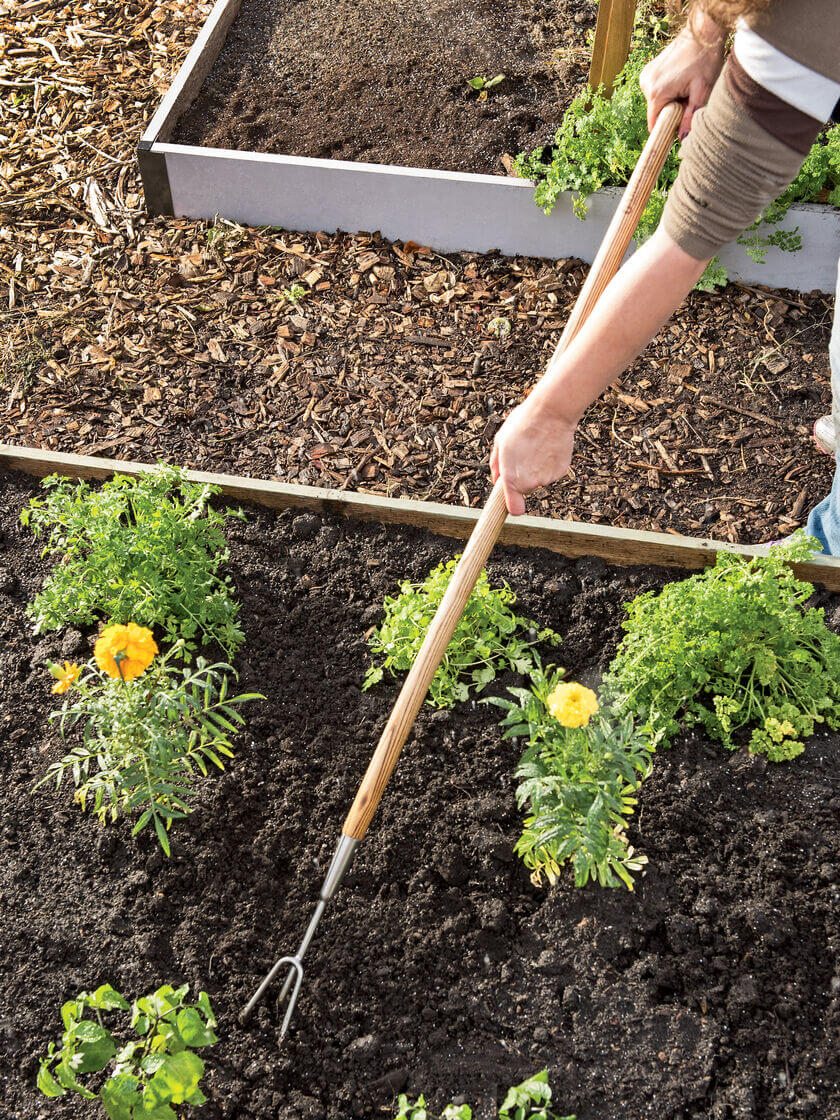
While you could go with traditional tools that have shorter handles, long-handled standing tools allow you to get the same tasks done without having to get low to the ground. When digging, consider a serrated shovel. The teeth along the metal plate can cut roots efficiently. Push-pull hoe and corkscrew weeder are great tools for eliminating weeds. Collect dried leaves, fallen twigs, grass clippings and other garden wastes using a typical steel rake or a multipurpose rake.
Lightweight Gardening Tools
Gardening tends to involve bulky tools that are less appropriate for seniors. Fortunately, ergonomically manufactured alternatives are available. Using these types of tools lower risk of strain from performing gardening tasks.
Seniors should use non-slip handheld tools with cushioning or padding. Having a stable grip improves efficiency and boosts comfortability on the hands and wrists.
Another thing to consider is the weight of your tools. Always pick lightweight tools, which are painless to maneuver.
Classic Foam Kneeling Pad
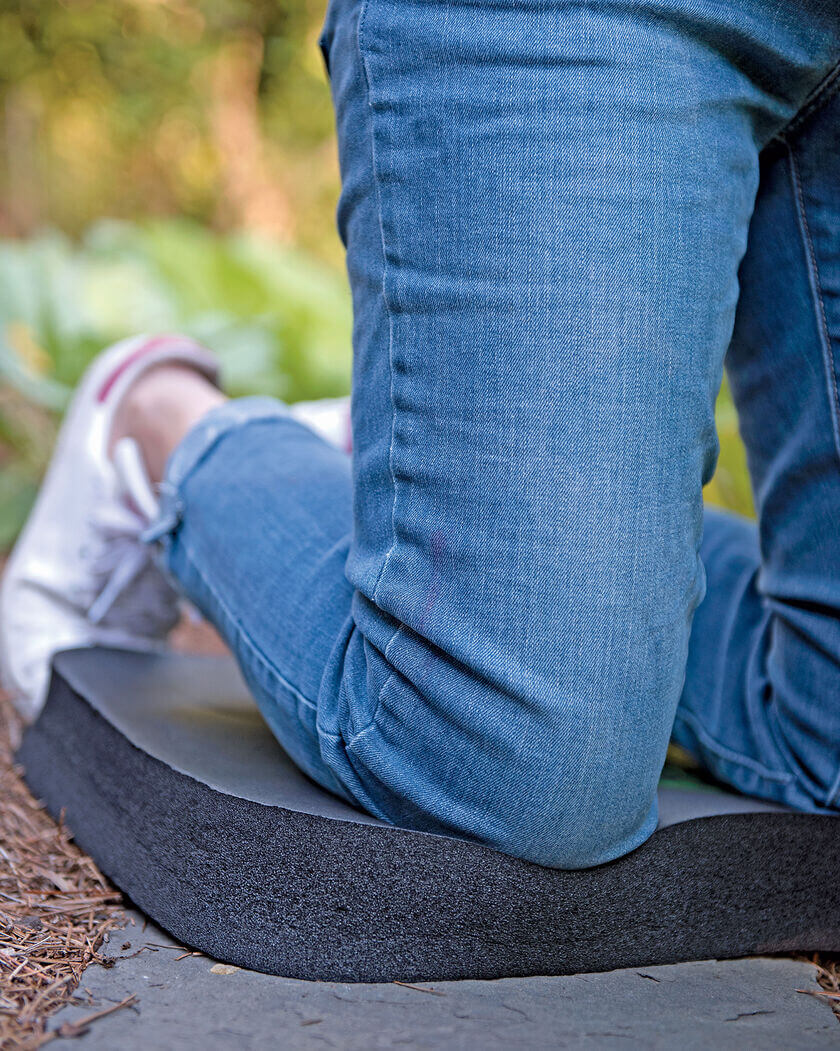
Getting low to the ground repeatedly can cause knee and lower back pain. A classic foam kneeling pad provides you with the support and comfort you need to get the job done. Foam knee pads are another way to protect your joints so you can garden for years to come.
Gorilla® Dump Cart
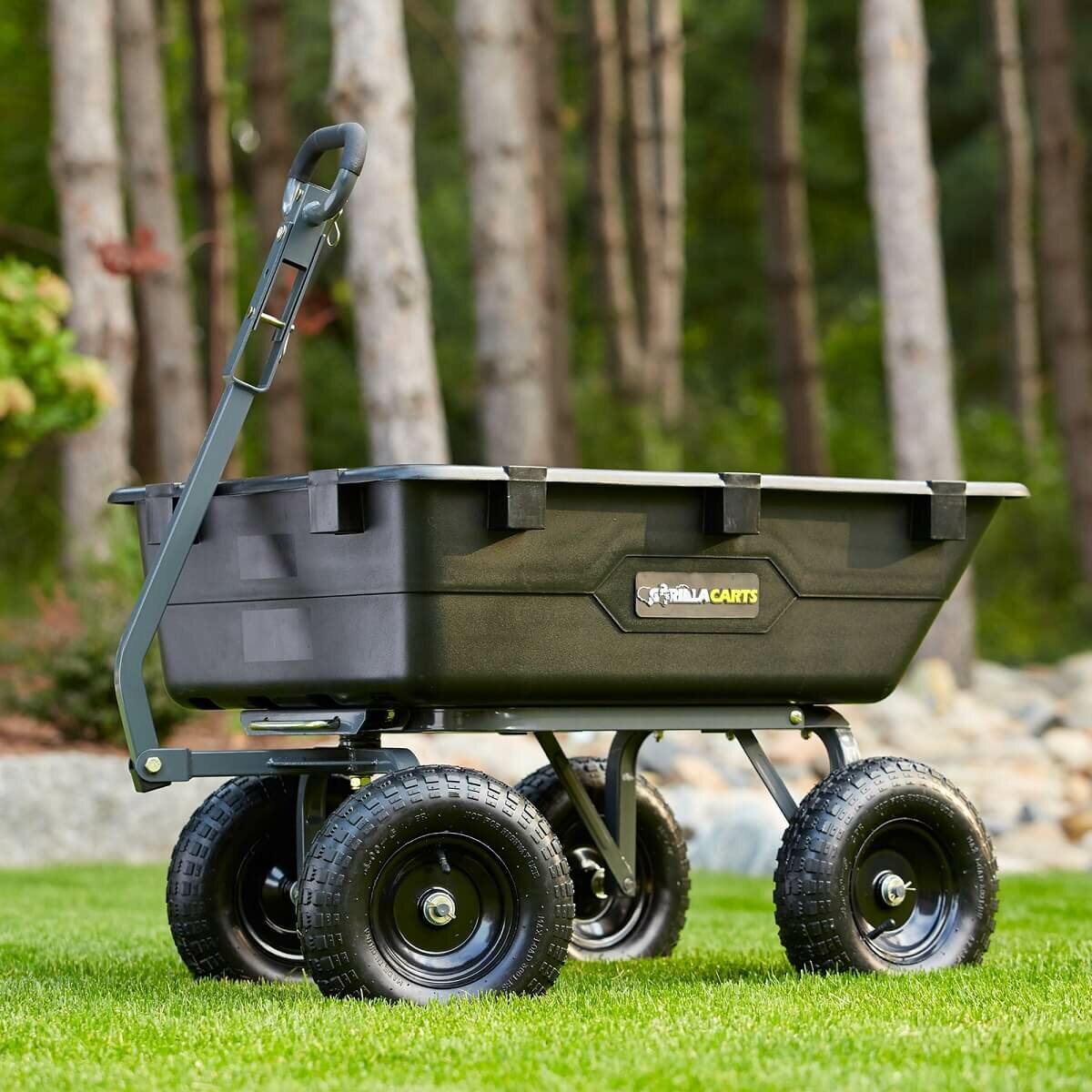
A gorilla dump cart is an excellent investment that can be used for all sorts of gardening tasks. Use it to wheel out heavy items and gardening tools or use it as a bin to collect your pile of garden weeds or yard waste. Gorilla carts are made out of high-quality poly material and have a maximum load capacity of 1,200 pounds. The handle is also padded for easy grip and movement.
Gardening Resources
Here are more gardening resources you can refer to!
Local Garden Clubs and Societies
The American Horticultural Society offers a great directory of gardening clubs, organizations, and societies across the country. Meet fellow gardeners in your locality using their resource!
Local Nurseries and Garden Centers
Whether you’re looking for fruit plantlings, or vegetable seeds, local nurseries and garden centers have them sorted out for you for a more convenient selection.
Online Gardening Courses
Further nourish your knowledge through these online courses from reputable institutions. From vegetable planting to sustaining raised beds, there’s so much to learn about gardening!
- Controlling and Managing Garden Pests (Utah State University)
- Easy Gardening with Raised Bed (Class Central)
- Free Online Gardening Talks (University of Arizona Pima County Cooperative Extension)
- Home Gardening Class (Louisiana State University, College of Agriculture)
- Master Gardener Series: Vegetable Gardening (Oregon State University)
Gardening Blogs and Websites
Find extensive tips from other gardening sources below.
Sources
- A Compilation of Energy Costs of Physical Activities, PubMed Central
- Effects of Local and Widespread Muscle Fatigue on Movement Timing, PubMed Central
- Heat and Older Adults, Centers for Disease Control and Prevention
- Lifestyle Factors and Risk of Dementia: Dubbo Study of the Elderly, PubMed Central
- Low Back Pain Precedes the Development of New Knee Pain in the Elderly Population; a Novel Predictive Score From a Longitudinal Cohort Study, PubMed Central
- Stress recovery during exposure to natural and urban environments, ScienceDirect
- The Benefits of Nature Experience: Improved Affect and Cognition, ScienceDirect
- The Importance of Social Groups for Retirement Adjustment: Evidence, Application, and Policy Implications of the Social Identity Model of Identity Change, Society for the Psychological Study of Social Issues
- What Can I Do to Reduce My Risk of Skin Cancer?, Centers for Disease Control and Prevention
- Why Do Older Adults Garden?, Taylor 7 Francis Online
Featured image courtesy of K-State Research and Extension on Flickr
This is an updated article from an original version by author Leigha Staffenhagen.


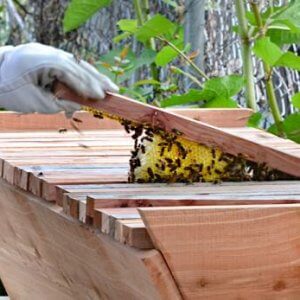




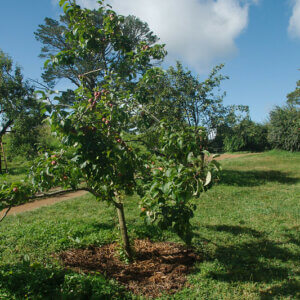

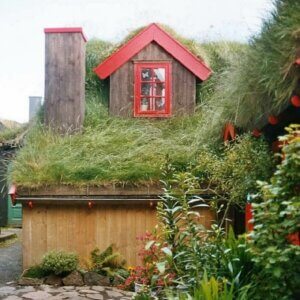

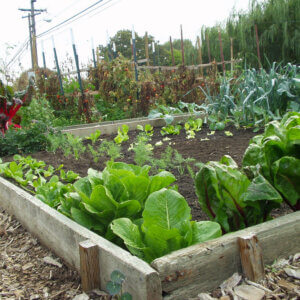


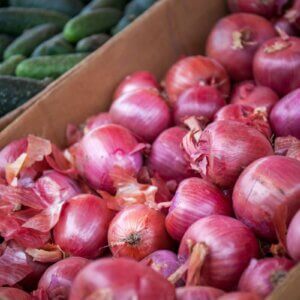

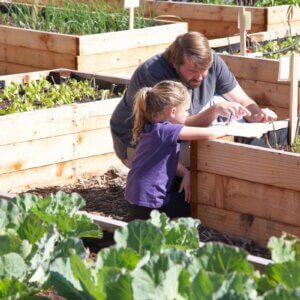

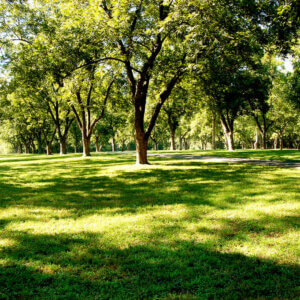


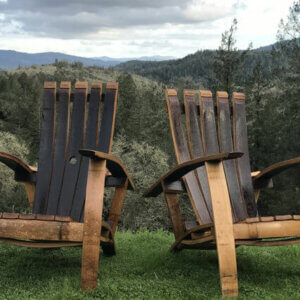
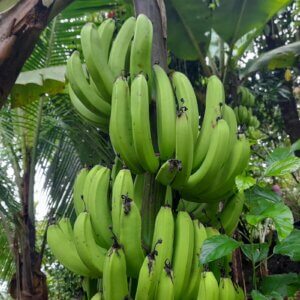

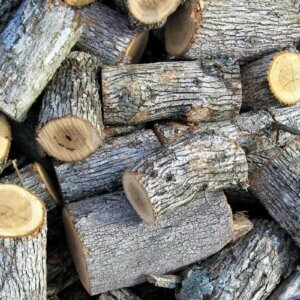
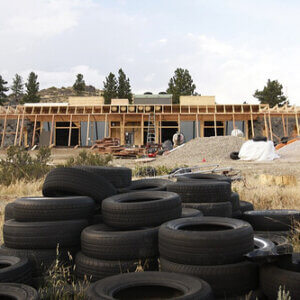
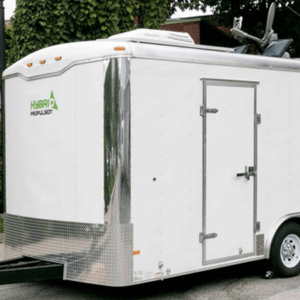
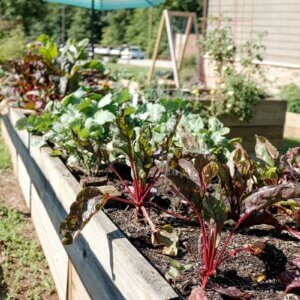
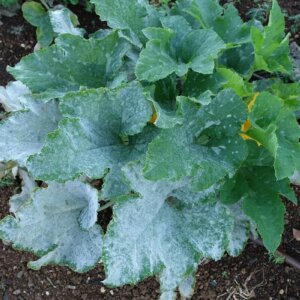
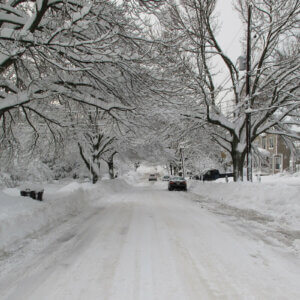

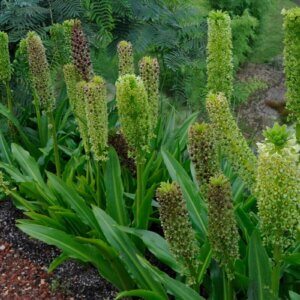
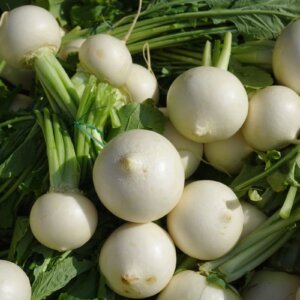

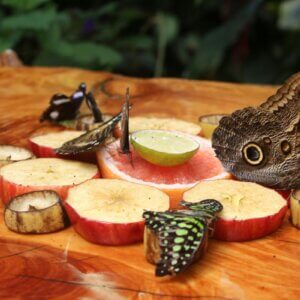
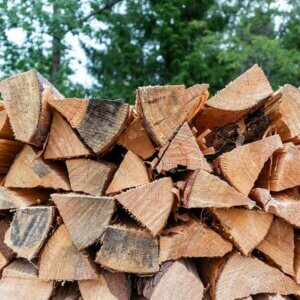
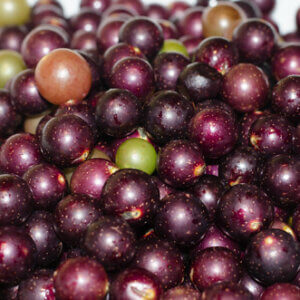
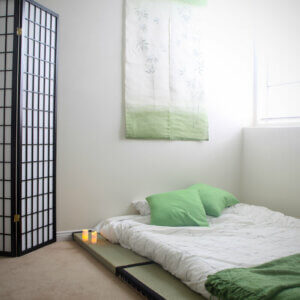



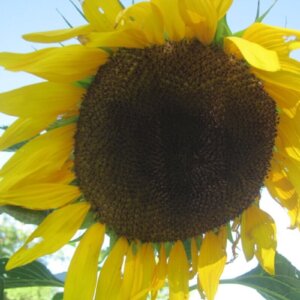
Leave a Reply